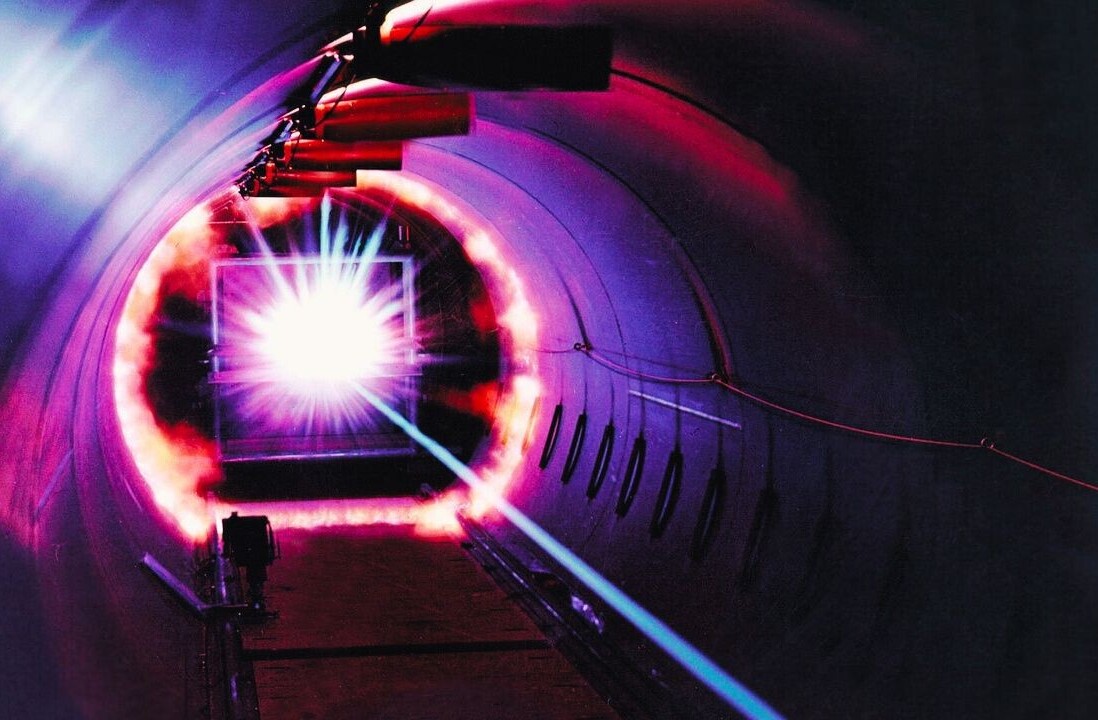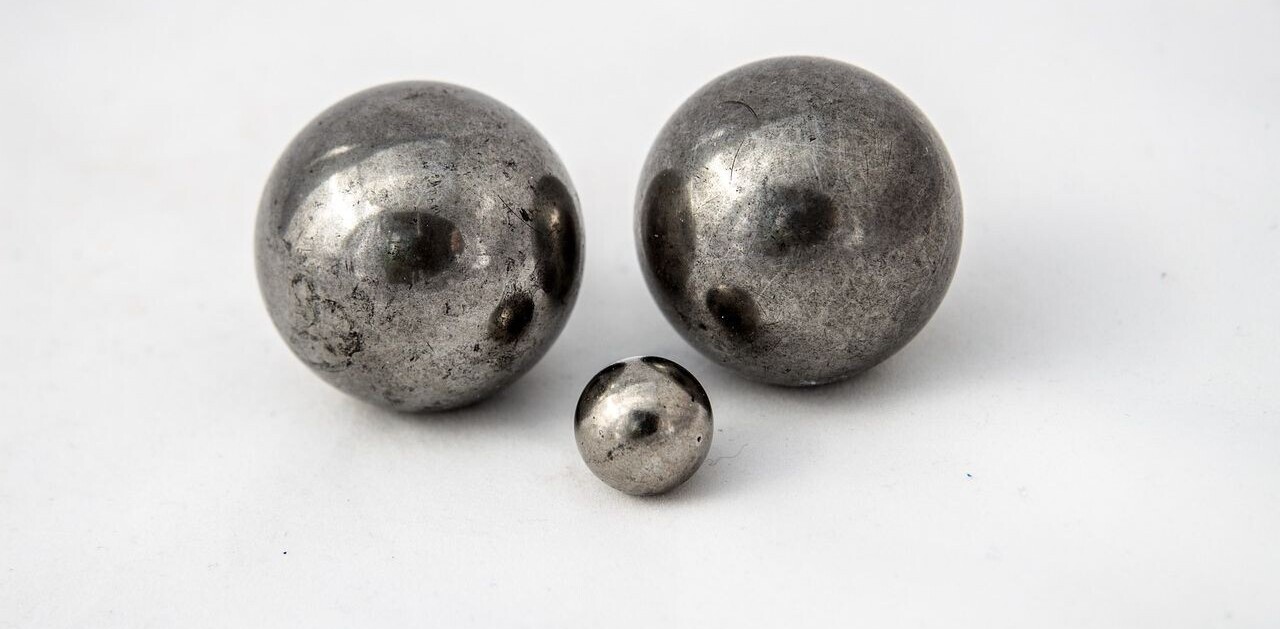![[Best of 2019] MIT engineers made a cheaper and more efficient device to trap carbon dioxide](https://img-cdn.tnwcdn.com/image?fit=1280%2C720&url=https%3A%2F%2Fcdn0.tnwcdn.com%2Fwp-content%2Fblogs.dir%2F1%2Ffiles%2F2019%2F12%2F53.png&signature=fe07ea800d85fdbafd7ad8a1e160ab27)
Capturing carbon dioxide from smokestacks, and even removing it directly from air, might be the only way to avert the most catastrophic effects of climate change. Engineers at MIT have now created a device to trap carbon dioxide that is much less energy-intensive and costly than today’s technologies.
The device, reported in the journal Energy and Environmental Science, works a lot like a battery. It absorbs carbon dioxide from air passing over its electrodes. It could be made as small and large as needed, making it easy to use at different carbon dioxide emission sources.
And unlike today’s carbon-capture techniques, it works for a wide range of concentrations. So it could be used to scrub carbon dioxide from factory and power plant flue gases or even directly pull it from the atmosphere, where it’s present at much lower levels.
Existing methods to absorb carbon dioxide from flue gases typically use watery solutions of amine or solid sorbent materials. The solution has to be heated to release the carbon dioxide and reuse the amine. This takes a lot of energy. Plus, the technology does not work at the lower concentrations found in air. Companies such as Climeworks have developed commercial plants that use special filters to suck up carbon dioxide directly from air. But the filters also have to be heated for reuse.
The new MIT system uses only electricity, so it could be powered by renewables. The device contains two thin, flexible electrode sheets coated with two different chemical compounds. During charging, one of the compounds, called polyanthraquinone, reacts with carbon dioxide and integrates the gas into the electrode. Discharging releases the carbon dioxide and frees up the quinone for reuse.
The idea is to pass a stream of flue gas or air through the device during charging to scrub it of carbon dioxide from. Once the electrode is saturated, the device would be switched to discharge mode and the pure released carbon dioxide could be compressed for storage underground or for use to make fuels and other chemicals. Or two separate units could be operated in opposite modes to remove carbon dioxide continuously.
The system uses about one gigajoule of energy per ton of carbon dioxide captured. Other existing methods can use up to 10 times that much, according to Sahag Voskian, a chemical engineering postdoctoral researcher who developed the new technology. He added that the electrodes should cost tens of dollars per square meter to produce, and could easily be made in large quantities using roll-to-roll processing techniques.
This article was written by Prachti Patel and originally published on Anthropocene Magazine. You can read the original piece here.
Get the TNW newsletter
Get the most important tech news in your inbox each week.





